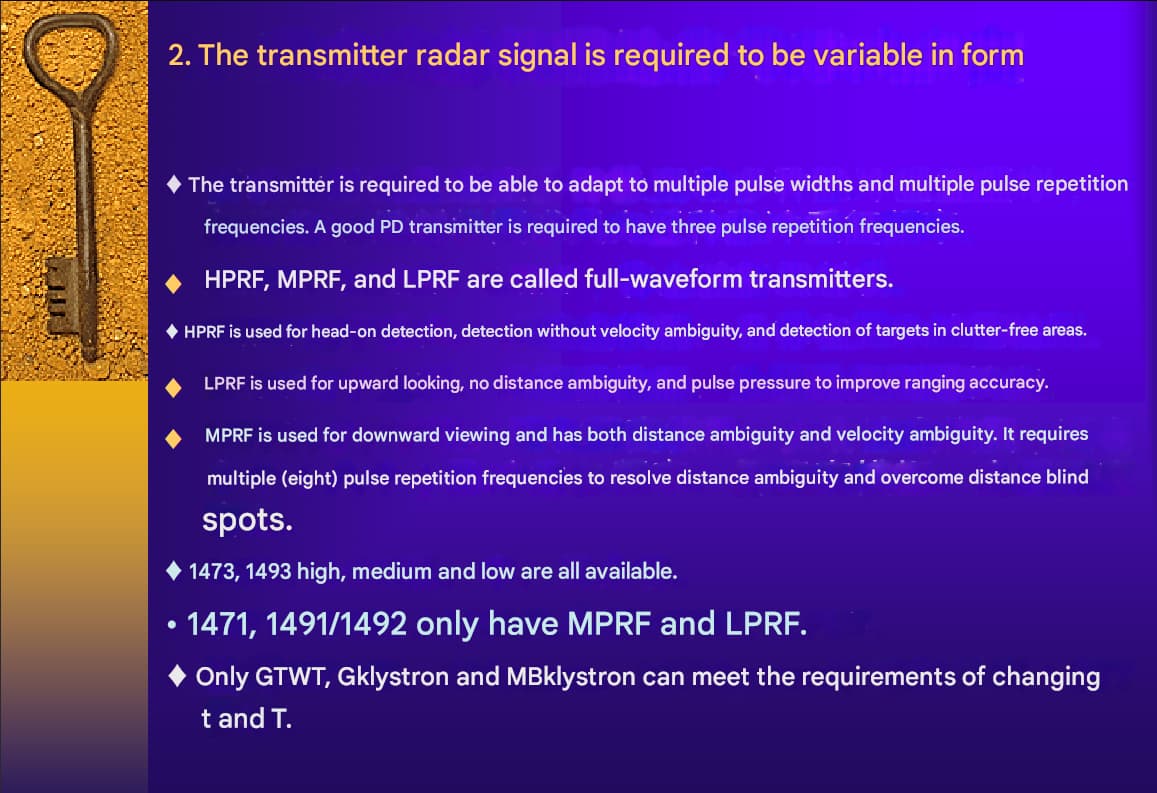- Yes
- No

Background
Spoiler
After it became evident that the ‘third-generation’ J-8III (J-8C) would not be produced, Shenyang decided to utilize the successful components of the failed aircraft to create improved versions for domestic use. The initial version, known as the J-8IIH or J-8H, was based on the J-8D but incorporated various features that were developed and tested on the J-8C. These enhancements included the capability for look-down shoot-down and compatibility with the PL-11. One of the noticeable differences of the ‘H’ model was the introduction of a new black radome with four stripes on the sides, which were static dischargers or electrostatic strips. Additionally, two wing fences were added to each wing, significantly improving the fighter’s maneuverability. The ‘H’ model was equipped with two powerful WP-13B Engines, as well as the J-8D’s IFR probe, INS/GPS navigation, integrated ECM suite, Mil-Std 1553B data-buses, a glass cockpit with two MFDs, a new HUD, and HOTAS. For enhanced combat effectiveness, the J-8H could also incorporate a HMS.
The development of the J-8H began in 1995, and after a successful maiden flight in December 1998, it received certification in 1999. Flight testing was completed successfully by 2001, and production commenced the same year. Although only a limited number of new airframes (estimated to be 24) were built between 2001 and 2002 before transitioning to the J-8F, additional airframes have since been converted from older models and are operational as the J-8BH or J-8DH. Recent images indicate that all current J-8Hs are undergoing upgrades, including the installation of a new dorsal datalink antenna in front of the vertical tailfin to facilitate communication with the KJ-2000 AWACS.
In recent years, the J-8H and DH have been observed carrying electronic warfare equipment such as the BM/KG300G ECM/jammer pod and the slightly larger BM/KZ900 SIGINT pod.
Technical Data
Specifications
Crew - 1
Length - 21.389 m
Height - 5.41 m
Wingspan- 9.344 m
Empty Weight - 9,820 kg
Gross Weight - 14,771 kg
Max Takeoff Weight - 18,406 kg
Powerplant - 2 x WP-13B Turbojet Engines (47.1 kN Dry, 68.6 kN Wet / Each)
Max Speed - Mach 2.2 at ?
Service Ceiling - 20,200 m
Rate of Climb - 210 m/s
Take-Off Speed - 329 km/h
Armament
1 x 23mm Type-23-III Cannon (200 rpg)
4 x PL-8/A
4 x PL-5B/C/E
2 x PL-11/B
4 x HF-16B Rocket Pods
1 x 500 kg LS-6 Glide Bomb (Centre Pylon)
8 x Type 250-3 Bombs
Avionics
Type 1471 or KLJ-1 or KLJ-2 Radar
HMD
CCIP
Chaff / Flares
1.5 Gen RWR
Images
Spoiler




Sources
Spoiler
(Book) Chinese Aircraft China’s Aviation Industry Since 1951
(Book) Dragons Wings Chinese Fighter and Bomber Aircraft Development
(Book) Chinas Navy Ships and Aircraft of the Peoples Republic of China, 1955-2021
(Book) Encyclopedia of Chinese Aircraft, Volume 3
